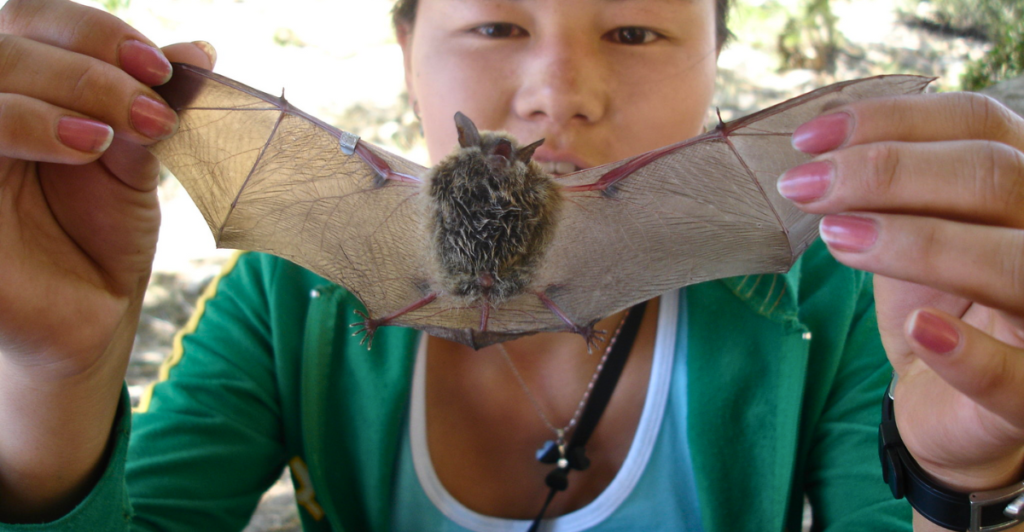
An illegal trade in bat trinkets has boomed online, with serious implications for global bat populations and biodiversity. From skulls and wings to fully preserved bats, these “products” are being sold across e-commerce sites and social media, where they can easily evade regulations. This illegal trade not only threatens this important species but also raises concerns about the spread of zoonotic disease.
However, a group of scientists, conservationists, and technology companies is trying to stop this issue by suggesting new methods to crack down on virtual networks that facilitate this type of trade. In this article, we discuss the efforts to stop the illegal internet bat trinket trade, the challenges faced, strategies employed, and broader implications for wildlife conservation in the digital age.
The Emergence of the Online Bat Trinket Trade
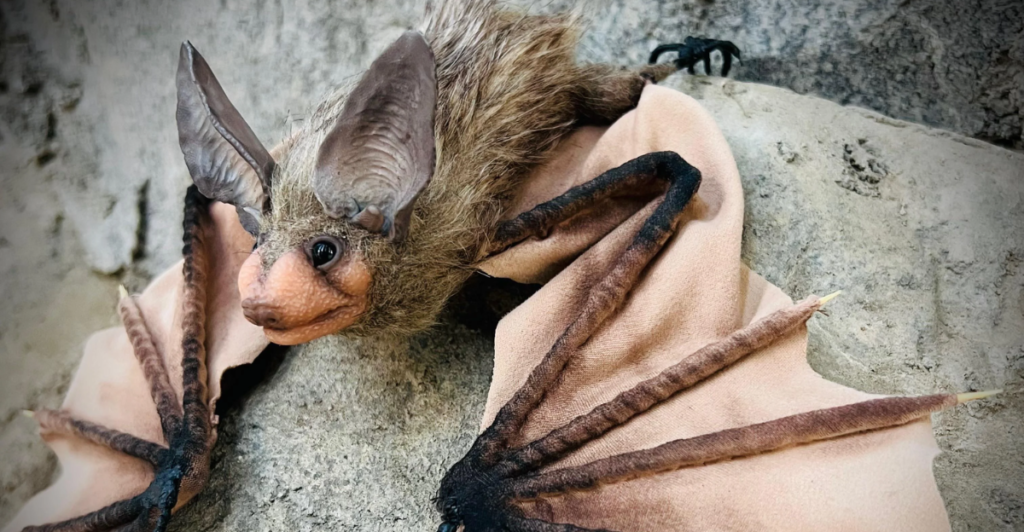
Social media and online marketplaces have inadvertently provided a breeding ground for wildlife traffickers. Bats, often misrepresented and stigmatized, have become a popular collector’s item, and now their skulls, wings, and whole taxidermied specimens (among others) are being aggressively marketed online.
Scientists from UC Davis and the IUCN Bat Trade Working Group have exposed this unsustainable practice. They revealed that 45% of U.S. sales originated in Tennessee and that bats are being slaughtered in Asia for Western markets.
Internet access, its anonymity, and global reach have made it alarmingly easy for buyers and sellers to connect, avoiding traditional market checks and balances and exponentially increasing the scale of the trade.
New Methods by Scientists
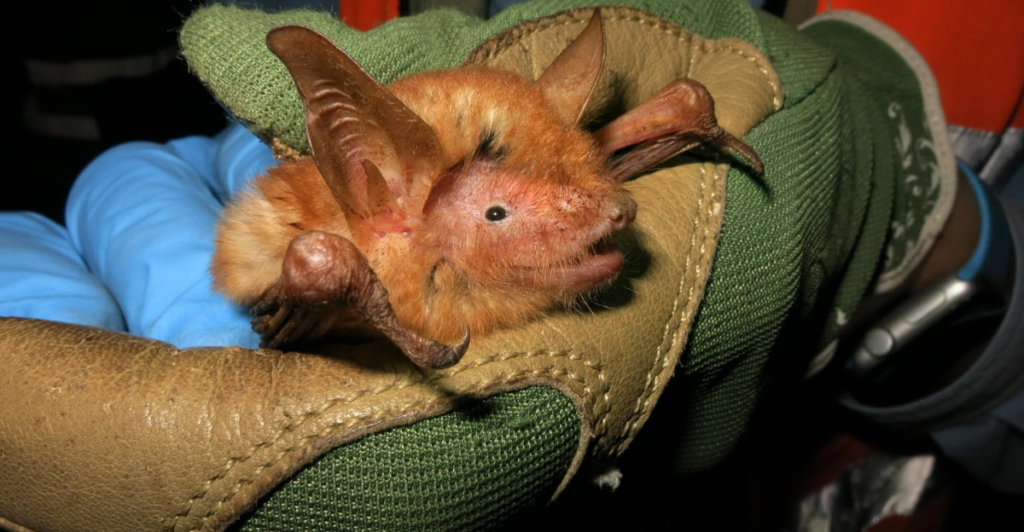
Scientists and conservationists are employing new methods to combat the online bat trinket trade. They used artificial intelligence and machine learning to comb the internet, identifying and following illegal sales, with the help of algorithms capable of detecting suspicious posts, to compile evidence.
A 2024 petition to the U.S. Fish and Wildlife Service collected 500K signatures in three weeks, driven by social media campaigns comparing bat trinkets to elephant ivory. This grassroots method pressured eBay, Etsy, and Amazon to ban bat sales.
In addition, conservationists engaged in online discussions and publicly shaming sellers (“This bat was stolen from Laos”) using memes—merging humor with activism—to raise awareness. This demonstrated that consumer platforms fear reputational damage more than profit loss.
The Ecological Role of Bats
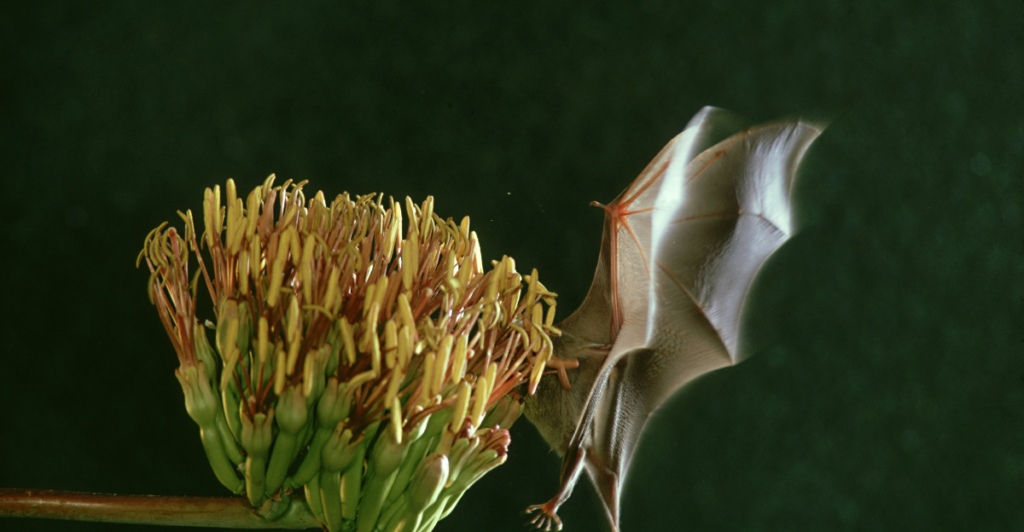
Bats play a significant role in ecological balance. As primary pollinators, they are accountable for the reproduction and spread of many plant species, including crops that significantly contribute to the economy. With an insectivorous diet, bats help manage pest populations, reducing the need for chemical pesticides and supporting agricultural health.
For example, painted woolly bats pollinate durian fruit and control mosquitoes, providing $50M annually in ecosystem services across Southeast Asia. When bat populations are diminished through illegal trade, these essential services get disrupted as food security is threatened and the risk of malaria increases. This shows the cascading effects reverberate through ecosystems and human economies.
Scientists labeled this trade a “stealth economic threat.” They expressed the problem’s urgency: bat populations cannot recover as rapidly as bees did due to their poor reproductive rates.
Unraveling the Online Market Dynamics
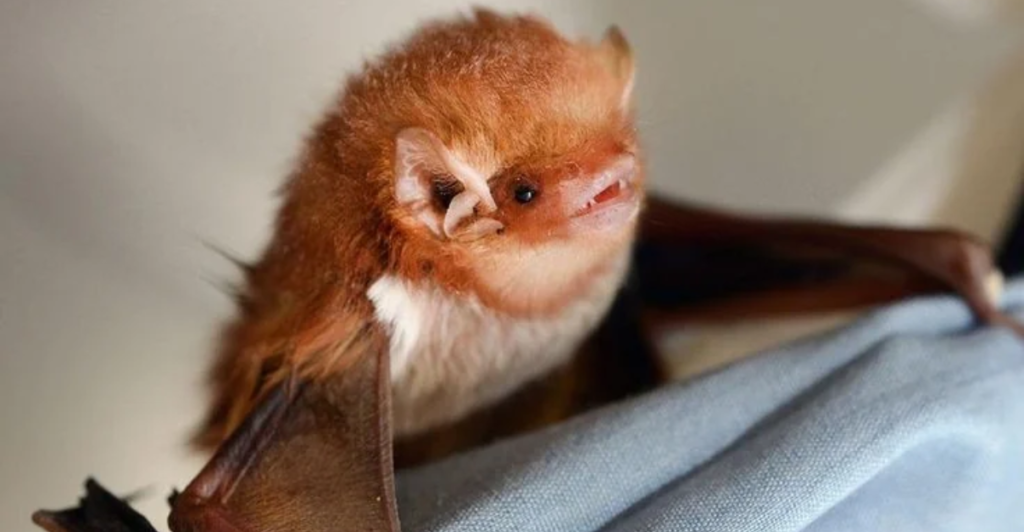
The illegal trade of bats, particularly that of the painted woolly bat (Kerivoula picta), as Halloween decorations, jewelry, and curios surged through e-commerce platforms such as Etsy and eBay, with 856 listings documented in 2022 alone.
The illicit trade is organized through a complex network of social media groups, online advertisements, and encrypted messaging apps. Sellers use coded language and closed groups to evade detection. Online platforms initially enabled the bat trade’s globalization, but scientists weaponized these platforms’ transparency.
By compiling and publicizing sales data, they forced accountability, winning the battle against bat trade sales after several online retailers banned them. This reflected a new trend: tech companies now preemptively ban wildlife products to avoid PR crises. This shows a change from passive hosting to active enforcement.
The Role of Social Media Platforms

Social media companies have come under fire for facilitating wildlife trafficking. While some have attempted to combat this issue with warning labels and content removal, critics have deemed them inadequate.
A report by the Global Initiative Against Transnational and Organized Crime indicated that in a three-month period, 477 advertisements for 18 protected species were identified across Brazil and South Africa, with 78% of these appearing on social media platforms. This illustrates how widespread online wildlife trafficking is and the challenges in monitoring and regulating such activities.
Despite the bans imposed by Etsy and eBay, Facebook Marketplace still hosts bat sales, and newer platforms, such as TikTok, lack enforcement regulations entirely. Now a new generation of conservationists have begun the fight for better e-commerce regulation.
Regulatory Gaps Exploited – And Closed
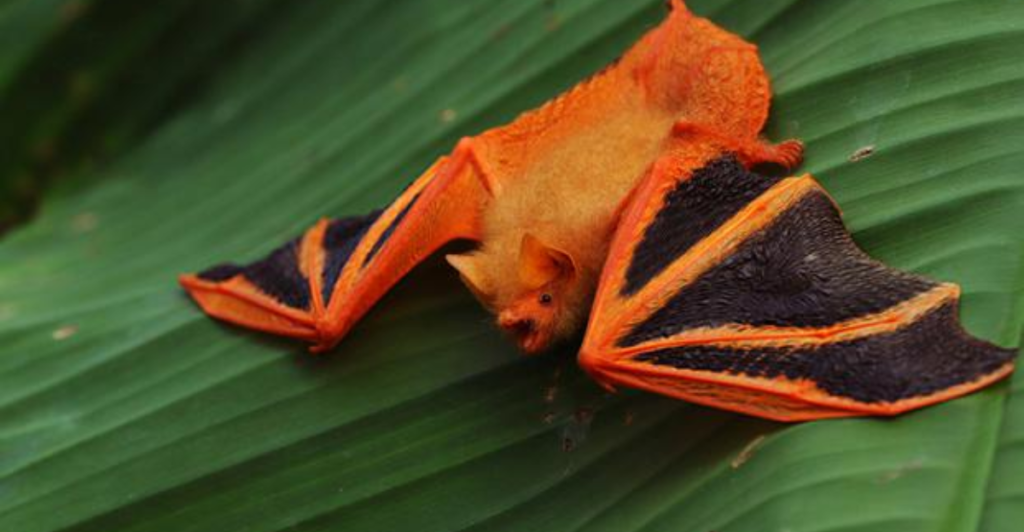
Colored woolly bats, despite being classified as “near threatened” on the International Union for Conservation of Nature’s Red List, had no protection, leaving room for traders to exploit regulatory gaps. Scientists and conservation groups responded to this illegal trade trend by advocating for the species’ inclusion in the Convention on International Trade in Endangered Species (CITES) Appendix II, which would regulate trade through permits and allow population impacts to be monitored.
Scientists bridged these gaps by collaborating with U.S. legislators to propose that the species be included in the Endangered Species Act (ESA), and CITES negotiations received unusual bipartisan backing as well. This dual strategy, which targeted both international and domestic legal frameworks, closed these loopholes, demonstrating how coordinated legal action can control unsustainable wildlife exploitation.
Legal Frameworks and Enforcement Challenges
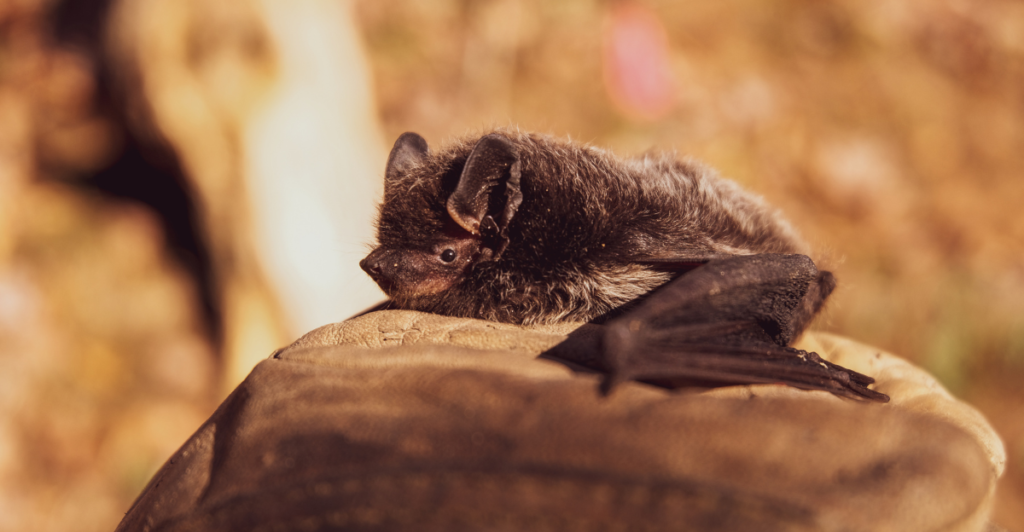
The legal framework governing wildlife trade is complex and varies across jurisdictions. While CITES aims to regulate and ban trade in threatened species, national implementation is the more pressing and often problematic issue. This is because the country has insufficient resources and diverging legal interpretations regarding illegal wildlife trading.
Online trade complicates enforcement further because transactions often cross international borders, which requires jurisdictional control and coordination that is challenging to implement effectively.
The battle in 2024 against illegal internet trade became a defining example, illustrating the potential of quickly publicizing trade statistics to accelerate policy faster than traditional advocacy. Typically, achieving momentum like this is rare as CITES listings, for example, take decades, yet here progress unfolded within months.
Successful Interventions
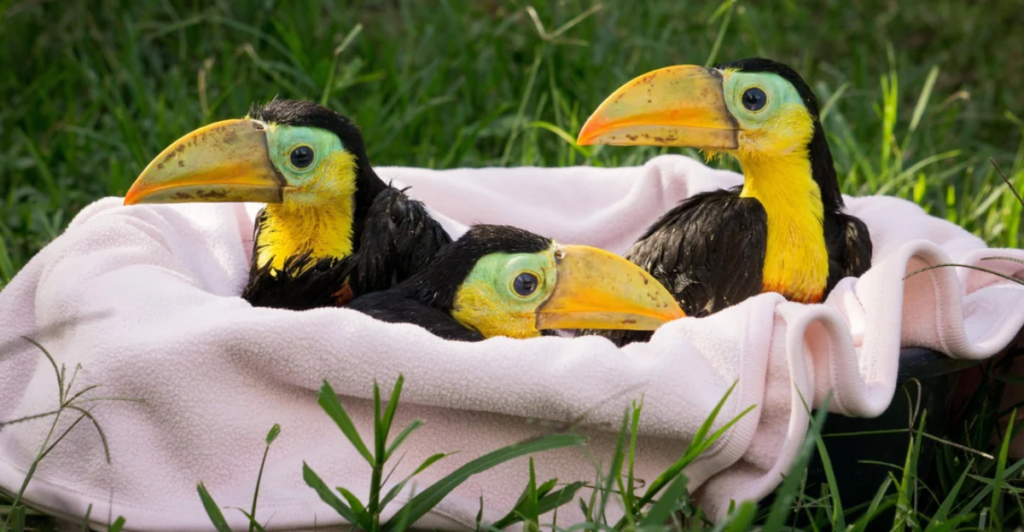
With a contemporary twist in the form of digital activism, this success is reminiscent of earlier conservation victories, including the 1989 ivory trade ban. Scientists essentially mobilized public outrage by using real-time data on e-commerce listings, in contrast to slow-moving treaties used in the past.
Newer technologies allow for quicker intervention. For example, in São Paulo, Brazil, baby toucans and parrots were rescued while being trafficked online. Police had been monitoring social media networks and were able to confiscate the birds. They were brought to a wildlife rescue center to be rehabilitated and released back into the wild. This illustrates how intervention and monitoring can be highly effective in combating wildlife trafficking online.
The Way Forward
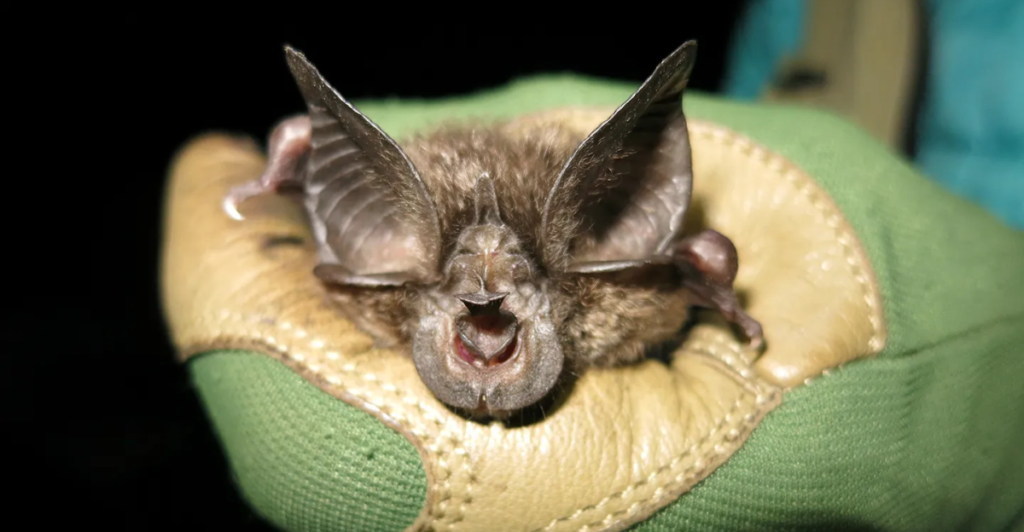
This victory succeeded by using data transparency, meme-driven activism, and corporate shaming. However, challenges remain, as some social media platforms still lack proper regulations to address the illegal online sale of species.
Now, the way forward may very well include strengthening international cooperation, streamlining technological avenues of surveillance, and increasing public awareness of bats’ ecological importance.
Collaboration between the public, governments, conservationists, NGOs, and tech companies may help enhance regulation on online platforms, which would be critical to stemming this illegal trade and protecting bat populations globally.
Explore more of our trending stories and hit Follow to keep them coming to your feed!

Don’t miss out on more stories like this! Hit the Follow button at the top of this article to stay updated with the latest news. Share your thoughts in the comments—we’d love to hear from you!







